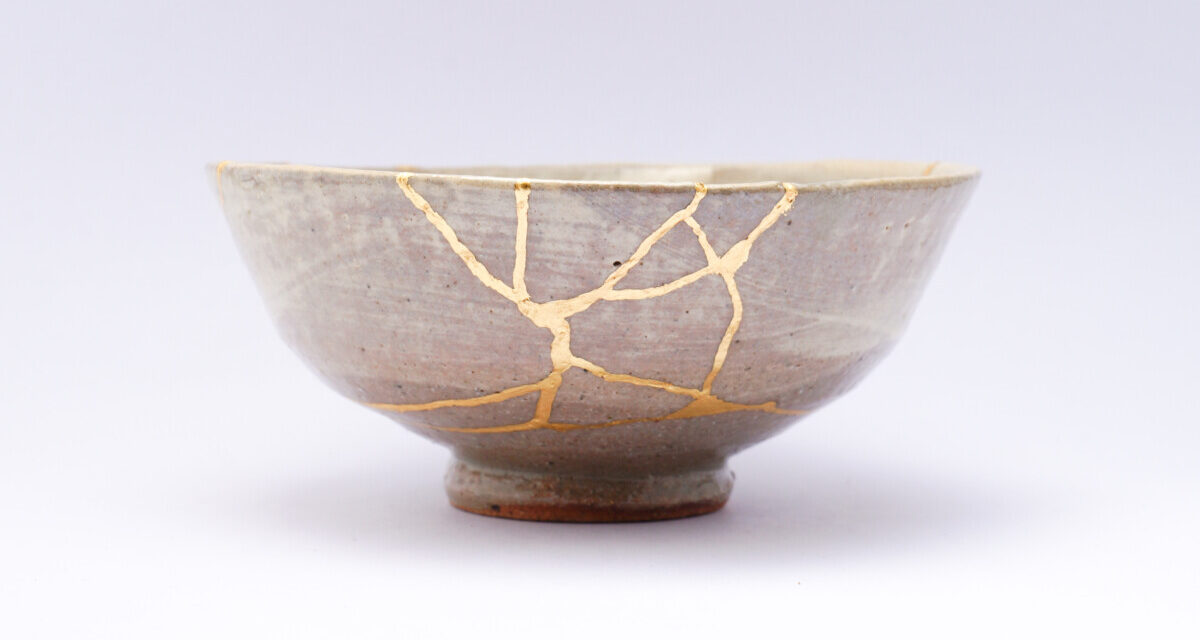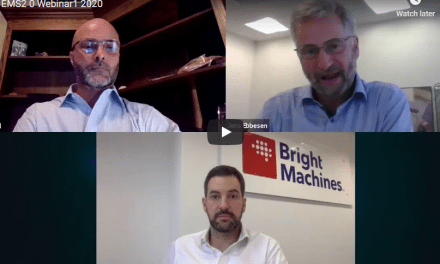From the Publisher: The Art of Kintsugi in the Electronics Manufacturing Industry


Eric Miscoll, EMSNOW Publisher
Kintsugi is the art of repairing broken pottery by gluing the pieces together with a mixture of lacquer and precious gold, thus creating something better than the original. Legend has it that Kintsugi was born when a 15th century Japanese Shogun broke a favorite bowl used for tea ceremonies. He sent it to China for repair and although it took months to get it back, he didn’t like the result: the shards were held together with staples, and it wasn’t even watertight. So, his own artisans crafted the first Kintsugi – (from Japanese ‘Kin’ (gold) and ‘Tsugi’ (join)) painstakingly rebuilding the bowl into something both aesthetically superior to the original and also completely functional.
We think this is a good image to illustrate what’s going on in the EMS industry. After the trauma that the electronics manufacturing supply chain has been forced to withstand over the last three years now, it is a testament to the companies and people working on these challenges that they haven’t lost their minds and given up. Quite the contrary, they have continued to strive to find solutions, adapt their practices, and make lemons out of lemonade. They have rebuilt their businesses as painstakingly as those Kintsugi artisans, not by throwing out the shards of the broken bowl but by adapting and improving to make something superior.
EMS companies have addressed many aspects of their businesses in this Kintsugi process.
Employee well-being. While the pandemic shut down many workplaces, electronics manufacturing was quickly deemed an essential industry, and all over the globe managers had to figure out how to keep assembly lines operating while protecting the health of their workers. That became one of the topics we asked on our video interviews. Universally, managers were most concerned about their workers’ safety and creatively figured out ways to comply with mandates, even trying to help workers stay protected while they weren’t at work. In addition to worker safety there has been an acceleration in training, talent development and tailored benefits to attract and retain the best workforce. It’s top of mind for the executives.
Supply chain management. Not surprisingly, the global supply chain took a hit as demand fluctuated wildly. Suddenly millions of workers were not going into the office, or indeed anywhere at all for months at a time. They started needing and wanting different things: electronics to fill home offices, entertainment to fill the empty hours, and so forth. Then when quarantines lifted, demand shifted again, but unpredictably in different geographies. Ports became backed up and shipping containers piled up in the wrong places. Then war broke out in Europe. Despite all these disruptions, EMS companies have managed to ship their best quarters ever. The industry is used to the bull whip effect for components and digitalization has improved transparency. Instead of throwing in the towel, our industry has accelerated Industry 4.0.
Partnerships. We have been hearing about the importance of trust in the EMS-OEM relationships for years, but nothing like what we see happening now. Having a strong relationship with good communications between customer and supplier is not a nice-to-have, but a requirement for many EMS companies. EMS companies are looking for customers that are there for the long term, where the partnership is mutually profitable and respectful of each player’s expertise and competencies. The result is healthier, more balanced, and stronger relationships.
Market expansion. EMS companies are building organizations that can accommodate an expanding range of electronic end applications. Agritech, e-vehicles, IIoT… these are types of designs that didn’t exist just a few years ago. The explosion of connectivity and applications has meant that the EMS industry must identify and connect with a new breed of OEM; these innovations are often developed from start-ups and academia. It’s not your traditional 3 Cs world. And yet the EMS companies we talk to are ready, willing, and able to support designs, and shepherd these products from prototype to production.
We are seeing EMS companies around the globe create something more appealing from the wreckage of the last few years. In the Americas, in Europe, and Asia, companies are unknowingly practicing Kintsugi on their businesses and building something much better. The end result is a stronger more appealing industry.
We applaud the industry and are encouraged by these efforts to build businesses that are better than they were before the crisis. We look forward to hearing more stories about Kintsugi at EMS on our European tour next month.
Contact EMSNOW on LinkedIn or by emailing us to tell us your Kintsugi stories













